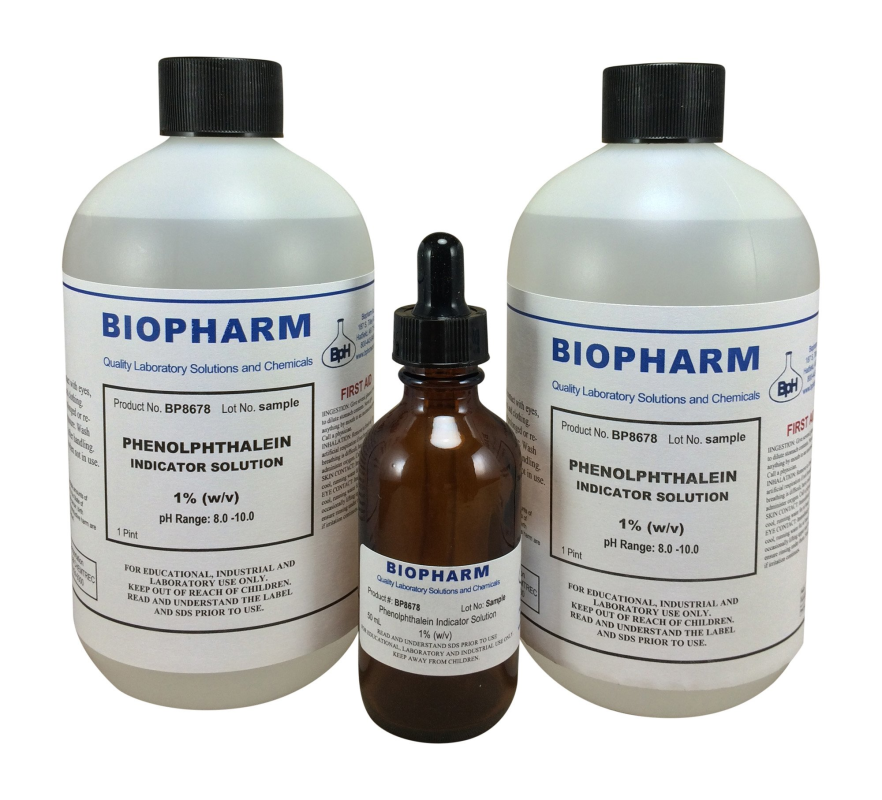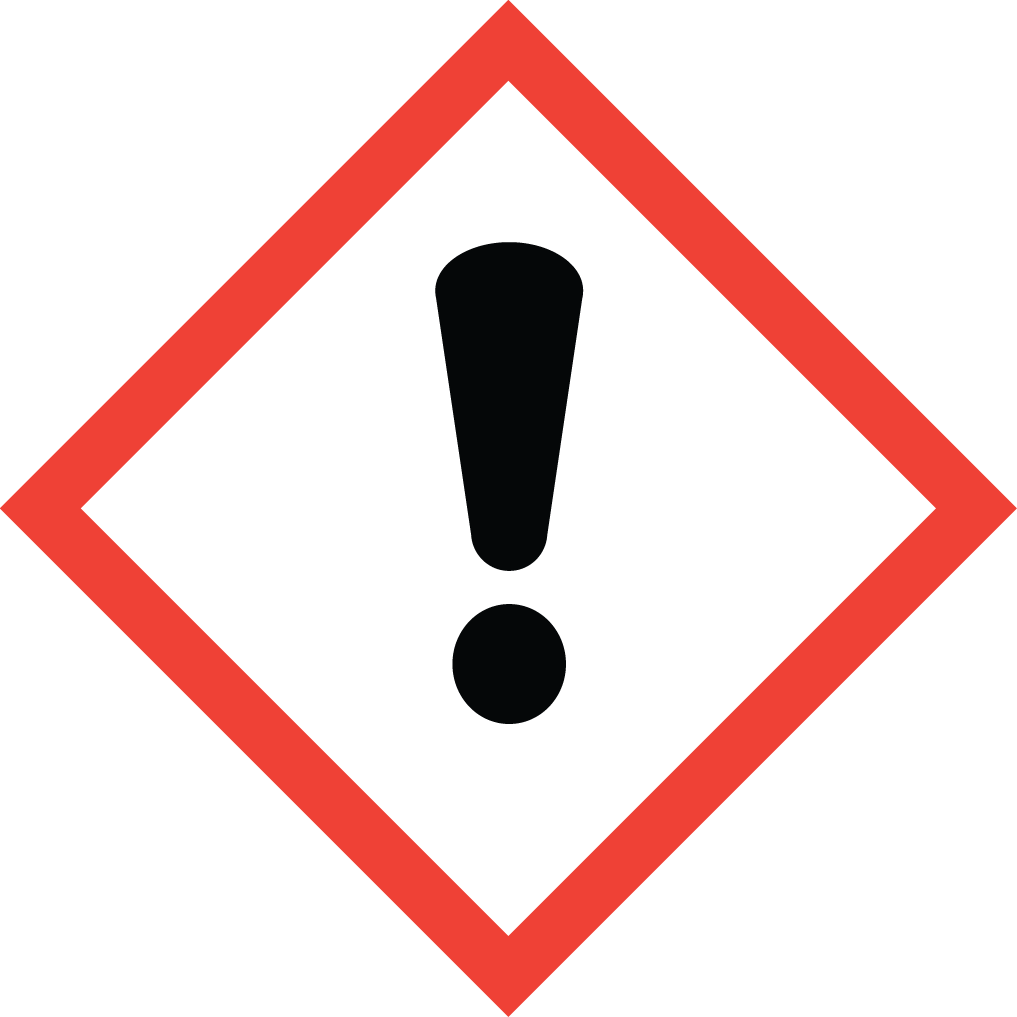Phenolphthalein


Stations
Important Links
This Phenolphthalein Indicator solution is commonly used with acid and base titrations as well a "neutralization" indicator for determining when excess base such as sodium hydroxide or potassium hydroxide is present.
- Convenient Waterproof Labels; NO Shelf-Life Limitations
- Tough, Refillable, Easy-to-Handle Amber Glass Dropper Bottle
- Suggestions for Handling and Use are Included in the Package FREE Dispenser Cap included for Refilling Dropper Bottle NON-FLAMMABLE Alcohol-Free Formulation for Greater Safety
Hazards
May cause skin irritation upon prolonged or repeated contact.
Can cause irritation and redness if it comes into direct contact with eyes.
Inhalation of powder or vapors may cause respiratory irritation.
Harmful if swallowed; may cause toxic effects.
Alcohol-based phenolphthalein solutions are flammable—keep away from open flames.
May be hazardous to aquatic life if not disposed of properly.
Long-term exposure may pose a potential cancer risk—handle with care.
Things to Avoid
- Do not handle phenolphthalein powder or solution without gloves and goggles.
- Avoid inhaling phenolphthalein powder or mist—can be irritating to the respiratory system.
- Do not ingest phenolphthalein—may have toxic and laxative effects. Avoid prolonged or repeated skin contact—may cause irritation.
- Do not mix with strong oxidizers or acids without proper precautions.
- Never use phenolphthalein solutions for unintended purposes, such as cosmetics or food testing.
- Do not store phenolphthalein in unmarked or unlabeled containers.
- Avoid working with phenolphthalein near open flames or heat sources if using alcohol-based solutions.
- Do not dispose of phenolphthalein in regular waste without following hazardous waste disposal guidelines.
Safety Checks
- Ensure you have read and understood the Material Safety Data Sheet (MSDS) for phenolphthalein.
- Confirm that PPE (gloves, goggles, and lab coat) is worn before handling.
- Work in a well-ventilated area or under a fume hood to minimize inhalation risk.
- Check containers for leaks or damage before use.
- Have absorbent materials ready for spill containment.
- Keep emergency eyewash and safety showers accessible in case of accidental exposure.
- Ensure all glassware and containers are clean and dry before preparing solutions.
Operational Checks
- Handle phenolphthalein powder carefully to avoid airborne particles.
- If preparing a solution, use appropriate solvents (ethanol or water) and mix in a fume hood if possible.
- Label all prepared solutions with concentration, date, and hazard warnings.
- If phenolphthalein comes into contact with skin, wash immediately with soap and water.
- If it enters the eyes, flush continuously with water for at least 15 minutes and seek medical attention.
- Clean up spills immediately using absorbent materials and dispose of them properly.
- Keep phenolphthalein solutions in tightly sealed, labeled containers when not in use.
Cleanup
- Wipe down work surfaces after handling to remove any residues.
- Dispose of phenolphthalein waste in accordance with local hazardous waste regulations.
- Store phenolphthalein in a cool, dry place, away from incompatible substances.
- Wash hands thoroughly after handling phenolphthalein, even if gloves were used.
- Decontaminate glassware and tools used for phenolphthalein solutions with appropriate cleaning agents.

 Safety Operating Procedure
Safety Operating Procedure